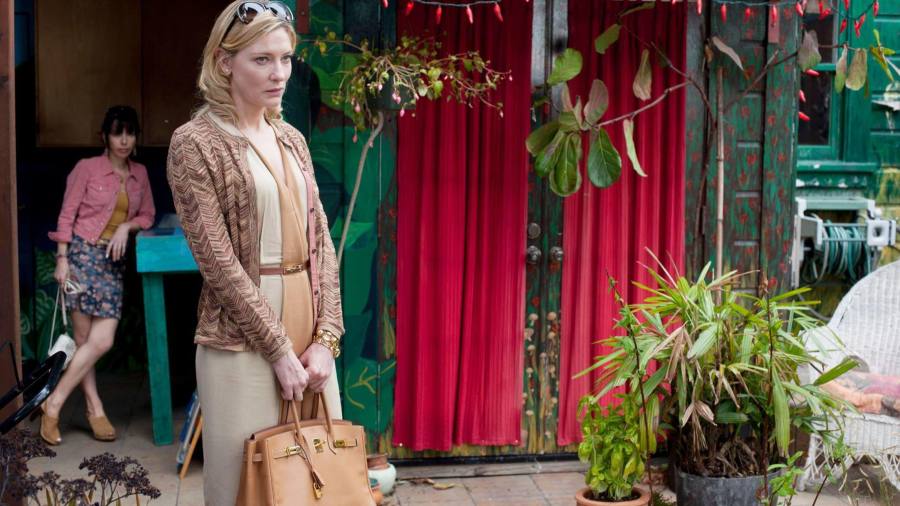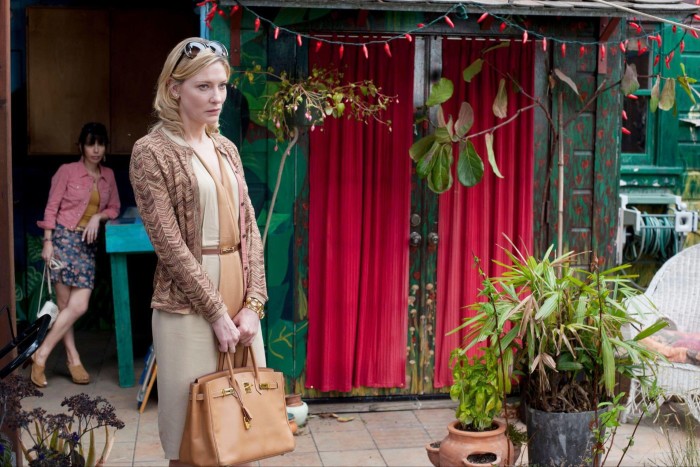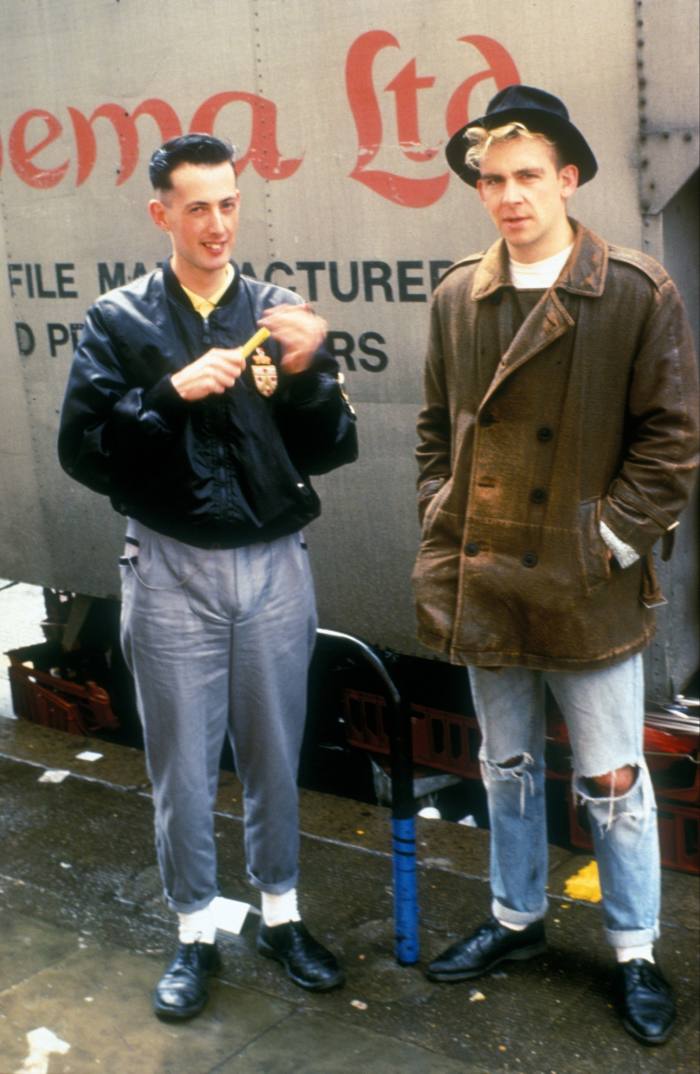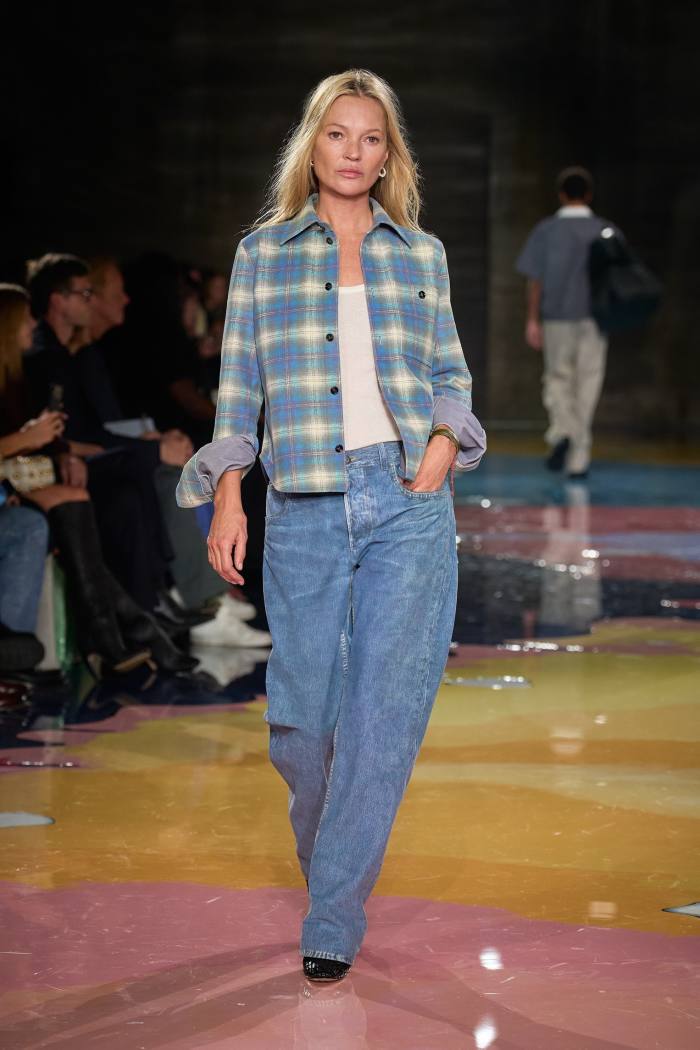

In September 1982, The Face magazine ran a cover story titled “Hard Times”. It was written by Robert Elms, now a radio presenter on BBC London. Elms pinpointed a tough, thrifty look that was emerging in London’s clubs: old torn Levi’s 501 jeans, tough leather boots, check shirts that had been “ripped to shreds”. It was the third year of Thatcherism in the UK. Elms wrote that “everybody who can feel is feeling pain right now”.
Forty years later, I am writing this piece at home in a scarf and sweater, not wanting to turn on the heating, in an attempt to save on energy bills. There are economic parallels: 1982 was the last time UK inflation was over 9 per cent. Back then I was a kid with no responsibilities, looking to fashion as a means of self-expression. Today I have a family and a mortgage.
Fashion is psychological. Shopping is often framed as a treat to ourselves. But even for those on above-average salaries, disposable income is disappearing. The funds that used to go on a fashion splurge could now be swallowed up by higher mortgage repayments, gas bills and the inflated cost of groceries. In this period of “profound economic crisis”, to borrow a phrase from the latest prime minister, it could be helpful to wean ourselves on to new patterns of thinking about what we buy, when.
For this, we need new strategies. I have often bought from luxury fashion brands, but most of the time I enjoy them like an armchair football supporter. LVMH and Kering quarterly results are my football scores; show reviews are my match reports; scouring ecommerce sites is like playing Fifa 23; watching what stock is left unsold at the end of the season has the drama of the relegation zone. I can get pleasure from luxury fashion without buying anything from luxury fashion.
This weekend was my twice-yearly wardrobe changeover, delayed this year because it stayed warm for so long. Before, the changeover had been swift, swapping T-shirts and shorts for thermals and fleeces. This season, I took my time and went through everything. I wanted to build a fresh wardrobe from what I already had.
There was a fine merino navy cardigan I’d forgotten about, bought last year from the Sunspel factory store in Long Eaton; a thick black cashmere sweater from The Elder Statesman, purposefully pilled and so already nicely messy, had also slipped my mind.

I took everything out, so I am now newly reacquainted with my everyday worker’s smocks, too thick to wear during this summer’s heatwave. Some were bought new, from places such as Labour and Wait; the past few years I’ve been buying second-hand hickory-striped smocks from Here After on London’s Brick Lane.
Some old luxury buys have come back into circulation. I bought an olive green utilitarian shirt jacket from Saint Laurent when Hedi Slimane was at its helm, which I haven’t worn for years. I’ve worn it pretty much every day since summer finally relented. I’m still wearing jeans from Slimane’s first season at Saint Laurent a decade ago, and I’m enjoying wearing them this year more than ever.
We can also find inspiration from those who appear to be wealthy. It is a tradition within the British aristocracy to be titled but broke. It’s a centuries-old way of presenting to the world that’s based on frugality: the battered old tweed jacket that’s been through generations; worn knits; a Barbour dragged out for one more season. Posh frugality is a style often aped by fashion, but it’s usually about the look rather than the sensibility. Rather than buying pieces that look pre-worn, maybe we should wear out what we own ourselves.
Frugality could also lead to a more serious commitment to sustainability. Fashion has been stubborn in its resistance to more mindful practices, regardless of how much lip service is paid to environmental concerns. If consumers shift their behaviour to buy less, and buy better, we consume less. If we arrive at that point through taking pleasure in our own actions, sustainable behaviour is more likely to become long-term.

The truly frugal will always take advantage of a canny buy. One of the most feted looks of the recent spring/summer 23 shows was worn by Kate Moss at Bottega Veneta. It looked as if she was dressed in a thrift-store plaid shirt, white T-shirt and blue jeans, but it was all printed leather. When it enters stores next spring, to buy the whole outfit will cost thousands. To get the look now, it’s easy. It’s similar to the “Hard Times” style of four decades ago. Just head to a thrift store and buy a plaid shirt, a white T-shirt and some good old faded blue jeans.
Find out about our latest stories first — follow @financialtimesfashion on Instagram